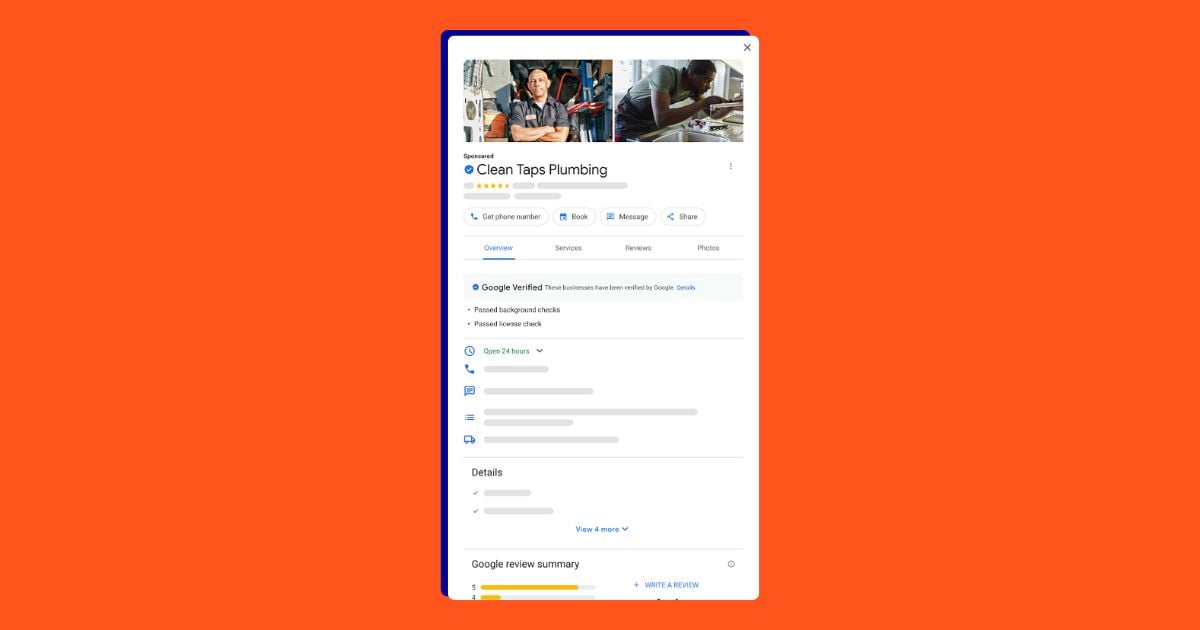With the whirlwind of changes to the marketing ecosystem this past year, many of us have had to revisit what’s realistic in terms of our advertising ROI. And while there are many PPC metrics that impact ROI, today I want to zoom in on cost per click (CPC).
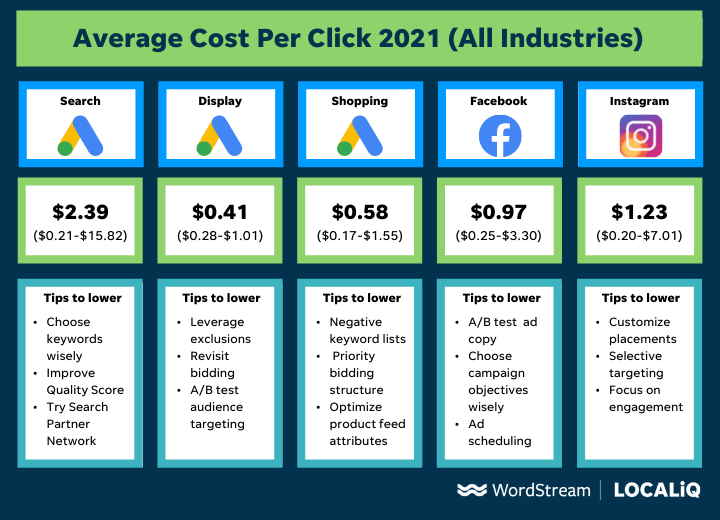
So, using the most recent data available, I’m going to help you to:
- Find out average cost per click in 2021 for Search, Display, Shopping, Facebook, and Instagram ads.
- See how these CPCs compare with each other and to past years.
- Lower your cost per click with 15 platform-specific tips
So let’s start with Google Ads.
How to lower Google Search ads cost per click
Google Search still stands as any digital advertiser’s bread and butter starting point for growing an online presence. Yet, the cost of running Google Search ads still bewilders many.
What is the average CPC for Google Search ads?
Over the past four years, the average CPC for Google Search ads has ranged from $2.39 – $2.69. That average is slightly elevated by legal and government. Our latest data provides an average CPC of $2.39, but if you exclude the legal industry from the list, the average CPC is $1.72.
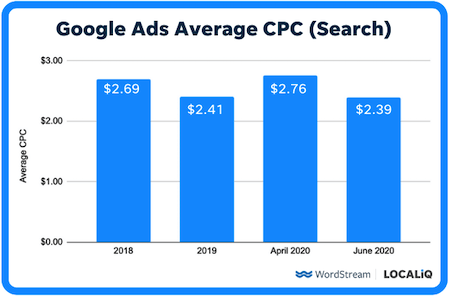
Historical Google Search ads CPCs:
- 2018: $2.69 (ranging from $1.16 – $6.75)
- 2019: $2.41 (ranging from $1.30 – $6.35)
- April 2020: $2.76 (ranging from $0.82 – $10.96)
- June 2020: $2.39 (ranging from $0.21 – $15.82)
Although Search ads have been around the longest in the world of digital advertising, people still feel they struggle to perfect their low CPC recipe. Try these three tips, which can ultimately lower your cost per lead:
1. Choose your keywords wisely, and don’t just jump for the cheapest one!
Keyword research is a given when it comes to Google Search, but we’re not just talking about ruling out the priciest on average keywords. In fact, don’t jump to ignore any one keyword based on price, but choose based on volume and the types of search queries you want to attract.
For example, if your best converting keyword is also your most expensive, you don’t want to miss out on all those conversions in the name of frugality. But you may want to downsize your keyword list to save on spend elsewhere while you bid on that one high-converting keyword.
Or, a pricier keyword may have a higher average search volume which could equate to bringing in more clicks to your website—increasing your expected CTR. This improves your Quality Score which will allow you to pull in more clicks for less in the long run.
In short, you can still choose your keywords based on cost. But be sure to also consider the volume and intent behind those keywords. Having a healthy mix of low-cost keywords and high-reward keywords will ensure that you get the lowest CPC possible without sacrificing conversion quality or quantity.
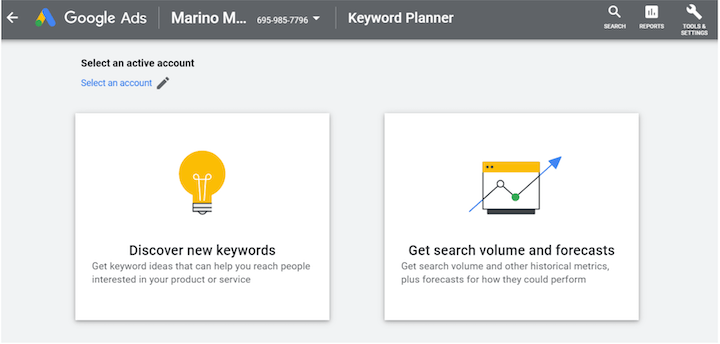
2. Improve your ads and landing pages to raise your Quality Score
Remember, bids are only half the battle when it comes time for you to pay for a click in an auction. For example, an advertiser with a low bid but a high Quality Score could still win the auction and be more likely to pull in a click for cheaper (this is a case where Quality Score matters).
Google is willing to make that trade-off because it wants to make as much money as possible off of paid Search ads without sacrificing the searcher’s experience. Google will accept a bid that results in a cheaper click if it means the ad will be of more use to the viewer (in other words, a higher Quality Score).

Aside from expected CTR, your keyword Quality Score also factors in ad relevancy and landing page experience. For your ads, try to carve out time to regularly refresh them and include any newly added keywords. You could also take a look at Google’s suggestions right from within the ads editor section of the platform to see where your current ad strength is at and where you could improve.
As for your landing pages, ensure your core keywords are on the page just like you would with your ad copy, and follow these landing page best practices.
3. Try out the Search Partner Network
The Google Search Partner Network allows your ads to show on any additional sites with an online search feature that are owned under the Google family. Historically, clicks from Search Partners can trend cheaper since they can be less competitive. You can opt your campaign into these and measure the results compared to Google’s SERP whenever you please—making it a great way to test for cheaper clicks.

How to lower Google Display ads cost per click
Google Display ads behave differently than Google Search ads, making cost estimates even more confusing. To help, here’s our most recent data for Google Display:
What is the average CPC for Google Display ads in 2021?
Over the past four years, the average CPC for Google Display ads has been decreasing. Based on our historical data, it has dropped from $0.66 to $0.41. If you remove the Occasions and Gifts outlier, you see an even lower CPC of $0.34.
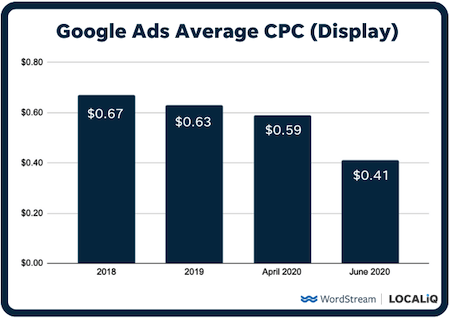
Historical Display CPCs
- 2017: $0.67
- 2018 $.63 (ranging from $1.16-$6.75)
- 2019: $0.59 (ranging from $0.60-$.81)
- April 2020: $0.41(ranging from $0.28-$1.01)
Lowering CPCs for Google Display ads is not a common goal since they’re oftentimes pennies per click. Even still, you should still look at your advertising efforts holistically so you can see where you can save to make up for areas worth the extra spend.
Here are a few ideas to lower your Display CPCs even further so that you can save that spend for potentially pricier, higher-value keywords back on Search.
4. Leverage exclusions
Since Display ads are eligible to show on every corner of the Display Network by default, it’s important to use exclusions to save you from spending on pricier clicks that are irrelevant. There are the normal exclusions available to all campaign types that you can also apply to Display, like locations.
On top of those must-have basics, like locations, here are a few Display-specific exclusions you’ll also want to check on:
- Topics: Are there any types of pages that would contain content relating to topics that wouldn’t fit for your Display ad?
- Audiences: Are there any additional audiences that you don’t want to show to? For example, your converters or your remarketing audiences.
- Placements: Do you want to show on all types of websites or apps? For example, mobile app games could result in accidental clicks should you feel that placement isn’t the best fit for your business. Excluding mobile app and games placements is a popular strategy for lowering cost per click.

You can easily update and manage Display exclusions with Google’s Dynamic Exclusion Lists.
5. Reevaluate your bidding
How much you’re willing to pay per click correlates with how much the platform is willing to take. While competition and other factors help you determine how much to bid on your Display ad groups (manual bidding is set only at the ad group level on Display), you may also want to try lowering your Max CPC bid to only pull in clicks that align with your budget.
However, if you’re on an automated bidding strategy, you can’t always make that specific call (unless you adjust the strategy’s goal, max, or target). Your best bet is to A/B test any bidding strategies you think work best for you.
6. A/B test your audience targeting
Along with testing out different ways you can bid to get the lowest bid possible, you can also apply multiple audiences to your Display campaign and compare which ones pull in the lowest CPCs. Now, you can approach this similarly to how you would pick keywords for a search campaign.
The audience with the highest reward may not have the lowest CPC. However, you don’t want all of your eggs in one basket. It’s best to try multiple audiences to see which one brings in the best bang for your buck, or to have a healthy balance of a high-reward audience working for you alongside a low-cost audience.
How to lower Google Shopping ads cost per click
Google Shopping campaigns can be tricky to get a handle on since it has a different infrastructure than what you might be used to on Search or Display.
What is the average CPC for Google Shopping ads in 2021?
Based on our most recent data, the average CPC for Google Shopping ads is $0.58, ranging from $0.17 – $1.55.
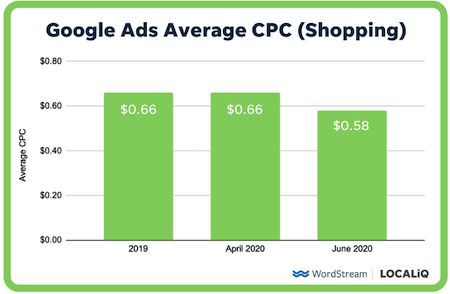
Historical Google Shopping CPCs
- 2019 $0.66 (ranging from $0.34-$1.09)
- April 2020: $0.66 (ranging from $0.29-$1.07)
- June 2020: $0.58 (ranging from $0.17-$1.55)
Lowering your Google Shopping CPC is similar to anything in PPC—it’s going to take time and patience! Here are a few ways you can get a head start now to see lower CPC results in the long run:
7. Build negative keyword lists that include a few competitors
Since you can’t pick out your keywords on Google Shopping campaigns, at the core of any strong Shopping campaign is a healthy negative keyword list. But how can you optimize that list for CPC?
We know heavier competition on the SERP can jack up CPC prices. It may be a good idea to negate big brand competitor names that you don’t feel fit well with your SMB products on the SERP. This way, you’re on a level playing field and not paying for pricier clicks because you’re showing next to big brand products.
8. Try the “priority” structure for bidding
When you prioritize your shopping campaign structure by what type of traffic the subdivided products will attract, you’ll be able to split out your bidding to save on your overall CPC.
For example, the competition for more generic searches is higher, plus that audience is more top-of-funnel. Therefore, you don’t want to waste your high bids on searches that have a lower likelihood of converting. But it would be great if you could capture them.

By following the priority bidding campaign structure, you’re being risk averse with CPC while still helping to scale your campaigns.
9. Optimize your product feed attributes
Google matches your products up to searches based on your product feed. If your attributes are out of whack, you have a higher chance of wasting your CPC away on irrelevant clicks.
If you feel your Shopping CPC has been high, take a step back and look at your product feed. Are all attributes accurate for each product? Is there any way you can tweak how you assign your products’ attributes to better match your ideal searcher’s intent?
Answering these questions and manually optimizing your Shopping feed will help guide Google to match your product listings with the best searches possible to maximize the value of each click you pull in.
How to lower Facebook ads cost per click
Facebook ads are a whole different beast from Google because you can’t show on a searcher’s command. So, you have to optimize to not only be able to show up while someone is scrolling through Facebook apps (this includes Facebook, Messenger, and Whatsapp), but to also pull in the cheapest click possible.
What is the average Facebook ads CPC in 2021?
For all campaign objectives, the average is Facebook ads CPC is $0.97, with a range of $0.25 (catalog sales) – $3.30 (brand awareness).
Learn more Facebook ads costs here.
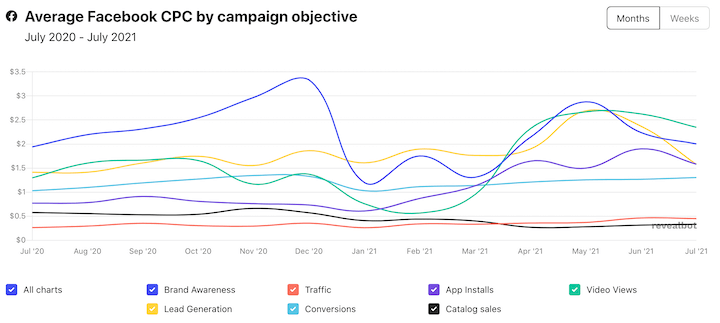
While it’s not as cookie-cutter as choosing the cheapest keyword, Facebook’s ad platform does allow for interesting tweaks you can do to lower CPC:
10. A/B test your ad copy
One of the easiest ways to optimize for cheaper clicks in Facebook is to try tweaking your Facebook ad copy. You’d be surprised how two different ads within the same ad set can pull in two completely different average CPCs.
This is due to Facebook’s machine learning ranking your ad before it decides when, where, and how often to show it. If Facebook determines that your ad copy and images won’t drive actions, then you’ll end up paying more for that ad’s click.
To A/B test your Facebook ads, try swapping out images, switching out the CTA buttons, or changing the text to boost your Facebook ad’s CPC health.
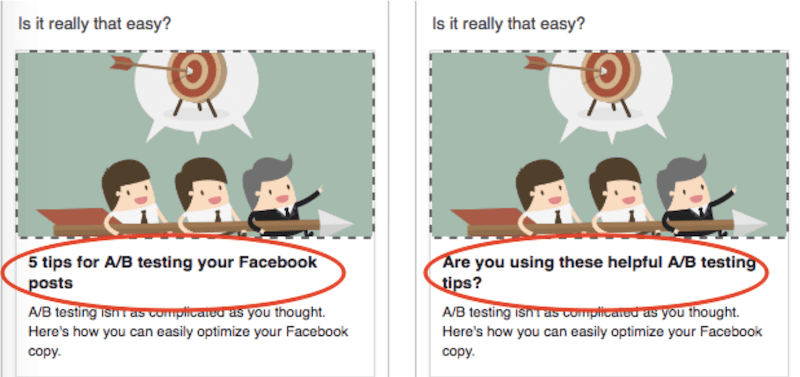
11. Choose your campaign objective wisely
Choosing the wrong objective can be a costly Facebook advertising mistake.
Your Facebook campaign objective determines how your ad will be served. Similar to Google’s automated bidding strategies, certain objectives may result in a higher CPC as they prioritize other actions.
For example, a campaign objective optimized for conversions may choose to show at times when the CPC is higher because you’re more likely to convert. Your best bet is to try a campaign objective out that best aligns with your end goal, and if you’re unsure, then split your campaigns out to test two objectives simultaneously!
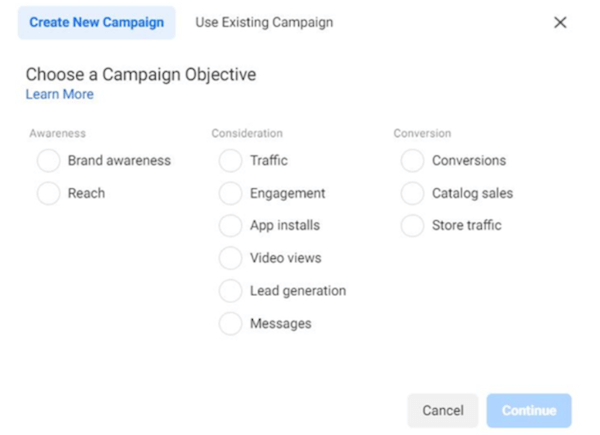
12. Try ad scheduling
Ad scheduling is a money-saving feature that you can apply to ad sets in your Facebook campaigns.
While this feature is only available if you have a lifetime budget set, you can leverage ad scheduling as a way to overall control your Facebook costs and even your CPC because you make the call on when your ads show.
So, if you notice that you’ve been pulling in irrelevant clicks that are driving up your CPC but not converting, you may want to think about what times your audience will value your ad the most. If you’re a breakfast bar and your Facebook ads are showing during dinner time or after hours, then you could be driving up your CPC on wasted clicks!
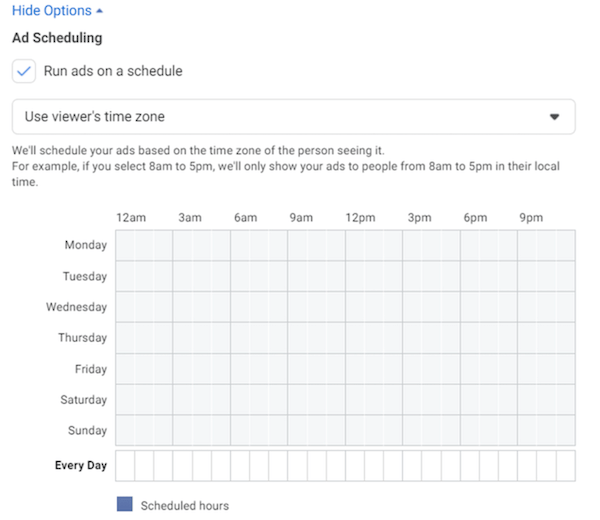
How to lower Instagram ads cost per click
Under the Facebook platform umbrella, Instagram ads live within another social web that can be tricky to unravel when it comes to wrangling in your CPC.
What is the average Instagram ads CPC in 2021?
The average Instagram CPC is $1.23 across all campaign objectives, with a range of $.20 (traffic)-$7.00 (lead generation).
See more Instagram advertising costs here.
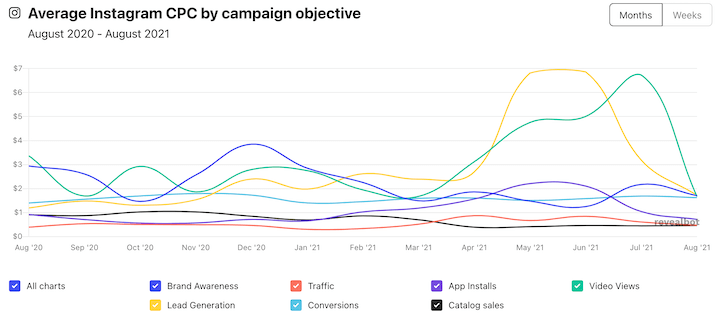
Your current Instagram ad CPC isn’t the end all be all! You can work towards a lower CPC with the following optimizations:
13. Customize placements
If you’re running Instagram-only ads from Facebook’s platform, then you already know you can customize your placements. However, even within the Instagram placements there are multiple ways you can show: on stories, News Feeds, and more. Be sure to select your Instagram placements that best fit with your ad type. You don’t want to waste your clicks from News Feed if you only want your Instagram video ad to show on Instagram Reels, and so on.
14. Be selective with your targeting
With such a saturated platform, it’s vital to be picky about who your ad shows to on Instagram. To save yourself from a high CPC, you may not want to cast a wide net. With so many audience options to choose from, don’t be afraid to dial it down by age, location, and interest when setting up your ad set.

15. Focus on engagement
After you set up your ad set for specific targeting and placements, focus on ad content that will drive engagement. When your ads drive actions like comments, likes, and shares, Instagram’s algorithm will rank you higher.
Not only that, but your ads will be more likely to drive conversions and growth because they’re capturing your audience’s attention. To start, try an Instagram video ad or use the copy of your ad to incentivize your audience to participate in the comments.|
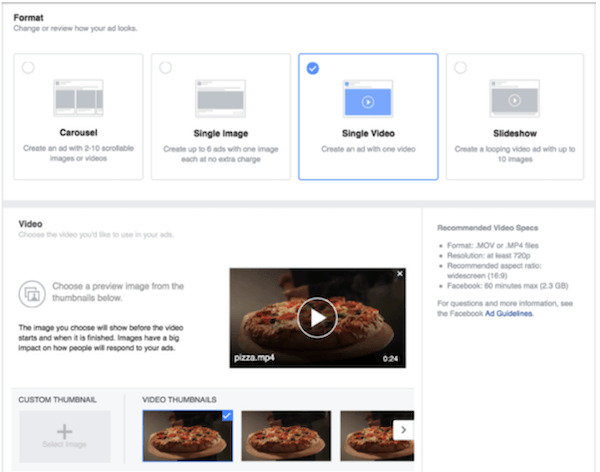
How to lower your cost per click on Google, Facebook, and Instagram [recap]

We covered a lot in this post about reducing ad costs, so let’s recap.
To lower your CPC in Google Search ads:
- Choose keywords wisely (not just based on price!).
- Improve your ads and landing pages for Quality Score
- Try the Search Partner Network
- Based on our most recent data, the average CPC for Google Search ads across industries is $2.39 (ranging from $0.21-$15.82).
To lower your CPC in Google Display ads:
- Leverage exclusions
- Reevaluate your bidding
- A/B test your audience targeting
- Based on our most recent data, the average CPC for Google Display ads across industries is $0.41(ranging from $0.28-$1.01).
To lower your CPC in Google Shopping ads:
- Build negative keyword lists that include competitors
- Try the “priority” bidding structure
- Optimize product feed attributes
- Based on our most recent data, the average CPC for Google Shopping ads across industries is $0.58 (ranging from $0.17-$1.55).
To lower your CPC in Facebook ads:
- A/B test your ad copy
- Choose campaign objectives wisely
- Try ad scheduling
- The average CPC for Facebook ads is $0.97 (ranging from $0.25 – $3.30).
How to lower CPC in Instagram ads:
- Customize placements
- Be selective with targeting
- Focus on engagement
- The average CPC for Instagram ads is $1.23 (ranging from $0.20 – $7.00).


